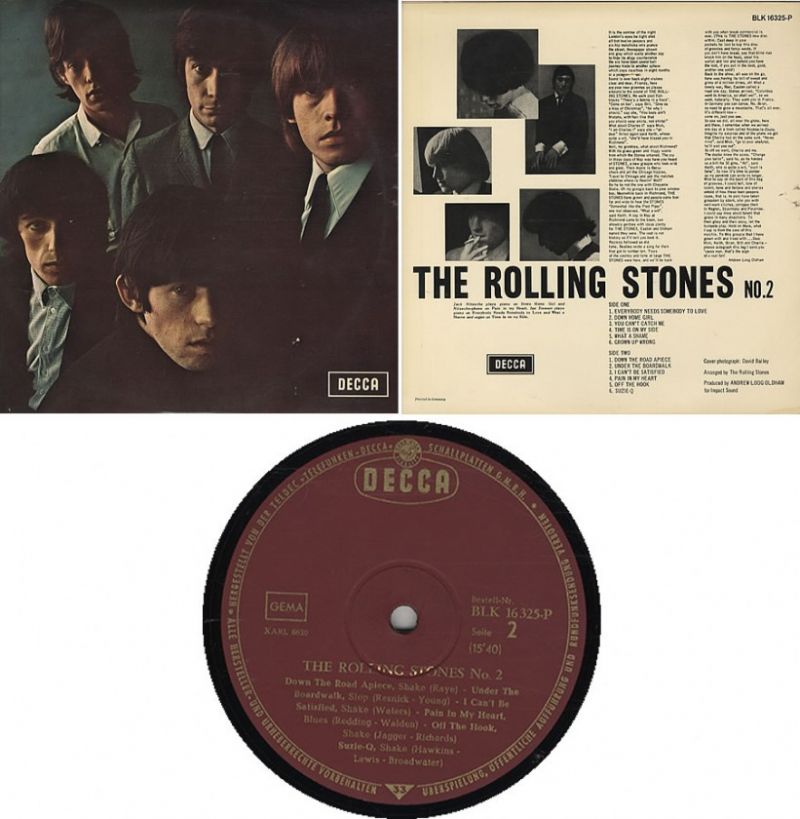
“…It’s two thousand miles I roamed, just to make this dock my home.”
This should have been the start of a magnificent career, instead it gives us, in a fine and vital way, Otis Redding’s place in soul music at that time. It was released posthumously (and it was the first of many).
The songs are chosen by Steve Cropper (produces and guitar player) and he did a remarkable job, it must have been a difficult task to assemble this album, the first after Otis’s death. It could have been a cash-in and a dark memorial album but instead we got lively, and fitting presentation of Otis’s fantastic abilities.
The album consists of singles, A and B-sides, a one hit duet with Carla Thomas, and some previously unreleased tracks (1966-1967). It IS a mixed bag, but in a good way!
Otis Redding – (Sittin’ on) The Dock Of The Bay (Official video):
I love the album and think Steve Cropper did the best job any one could do when putting it together. The choices are not obvious but we get a good representation of what Otis Redding was about and what he could do. A sad but vivid soul classic!
In 2003, the album was ranked number 161 on Rolling Stone magazine’s list of the 500 greatest albums of all time.
My favorite track is the incredible ballad, I Love You More Than Words Can Say.
Otis Redding – The Dock of the Bay (Spotify):
– Hallgeir





